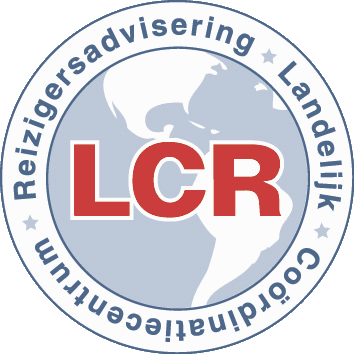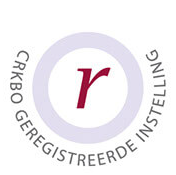In this series on passion and career, we share articles about people who combine their medical work with their passion outside of medicine. In the article below you can read the story of Rogier Steins.
I had to wait 2 years, due to all covid-19 restrictions, but finally the day had come and I was going to join an expedition cruise to Svalbard as ship’s doctor!
During my studies and later on during my training as family doctor, I was always keen on combining medicine with my passion for travel and adventure. During medical school I performed research in Canada and did a trauma surgery internship in Cape Town, South Africa in my last year. My desire to combine medicine, travel and adventure started to grow even bigger after my training as general practitioner: I worked as a general practitioner in Aruba for three months, went a few weeks to a remote area (surrounded by jungle) in Indonesia for ‘surfing doctors’ and helped out as a volunteer in the Mora refugee camp on the island of Lesbos in Greece.
For some time I had been setting my sights on working as a ship’s doctor at the North and South Pole and I wanted to prepare myself well. In addition to my broad training as a general practitioner and my experience working as a doctor at the emergency and surgery ward, I wanted to do an extra training on practicing medicine in remote areas. I decided to follow the AWLS course organised by Outdoor Medicine. It was great experience meeting ‘like-minded’ people; doctors who dare to think outside the box and have a passion for ‘outdoor medicine’.
In addition to practical skills, I wanted to know what specific cases I might encounter and what the equipment on board looked like. I called 2 colleagues who had been working as a ship physician before and asked them how they prepared for their trip, what to bring with me and if they had any specific recommendations. Knowing that there is no internet connection on board, I also had to think about what medical literature to bring. I ended up downloading the ‘NHG standaarden’ (Dutch GP medical protocols) and pharmacotherapeutic compass to makes sure these reference materials were available to me offline as well. I also got a list with the available medication on board in advance, so I was able to go through it and make sure I was familiar with everything on it.
At the beginning of June 2022, the time had finally come. After a journey with stopovers in Oslo and Tromso, I finally arrived in Longyearbyen; the port of embarkation. The next morning I had a brief handover from the last ship’s doctor. He showed me the equipment on board in the small ‘hospital’, introduced me to the most important people of the staff and immediately handed over two walkie-talkies (the doctor is on stand-by 24/7 for the expedition crew and the hotel manager).
Since an acute medical situation can happen any time, I wanted to explore the ship as quickly as possible and familiarize myself with my equipment on board. I literally opened up all cabinets and drawers in the ‘hospital’, turned the doctor’s bag inside out, and familiarized myself with the ECG machine and the COVID PCR test device. I also got the passenger list including their self-reported medical history.
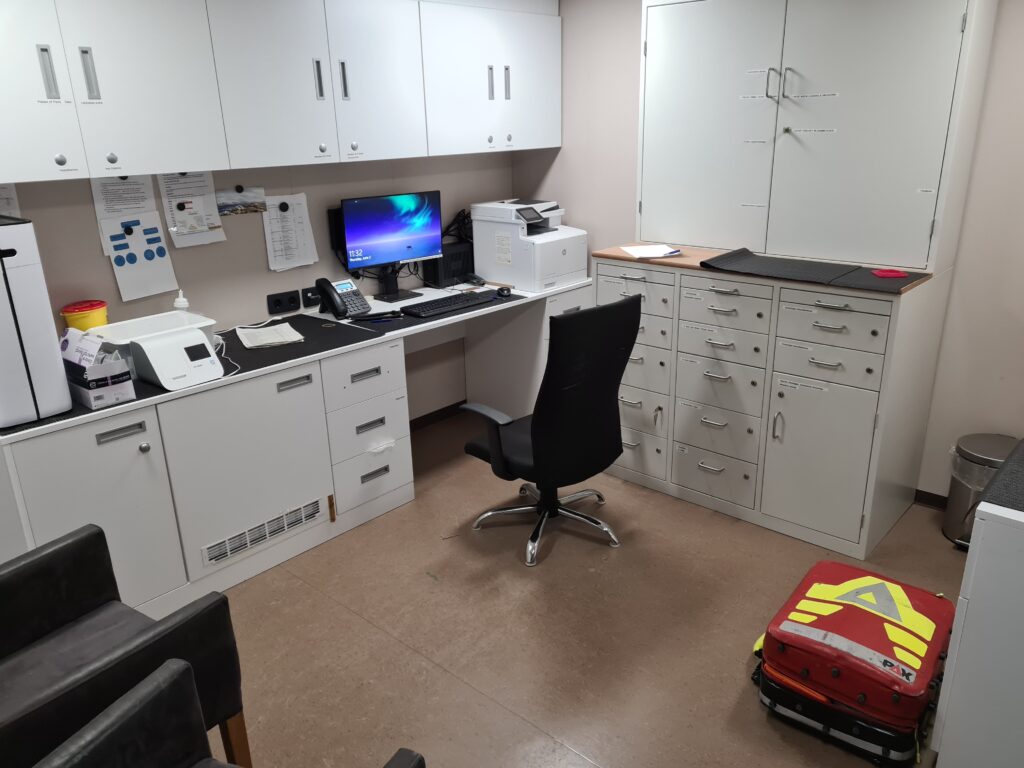
Even before the ship had left the harbour they called me through the walkie talkie for an emergency. I rushed to the location and assessed the patient. Her husband reported that she had become unwell. I immediately recognized the “Flash Glucose Monitoring” device on her left arm and knew she was a diabetic. Her husband told me that they had waited for a cab and ended up walking to the ship. So she had a hypoglycaemia and fortunately was still able to drink some water with sugar, which I took from the restaurant. She quickly recovered and a few sandwiches later (for the slow-releasing carbohydrates) she was symptom free. Luckily the glucagon emergency kit could stay in the fridge for now. From now on I made sure to put some sugar in the doctor’s bag and always took the glucagon emergency kit with me in the zodiacs (small rubber boats we used to go ashore).
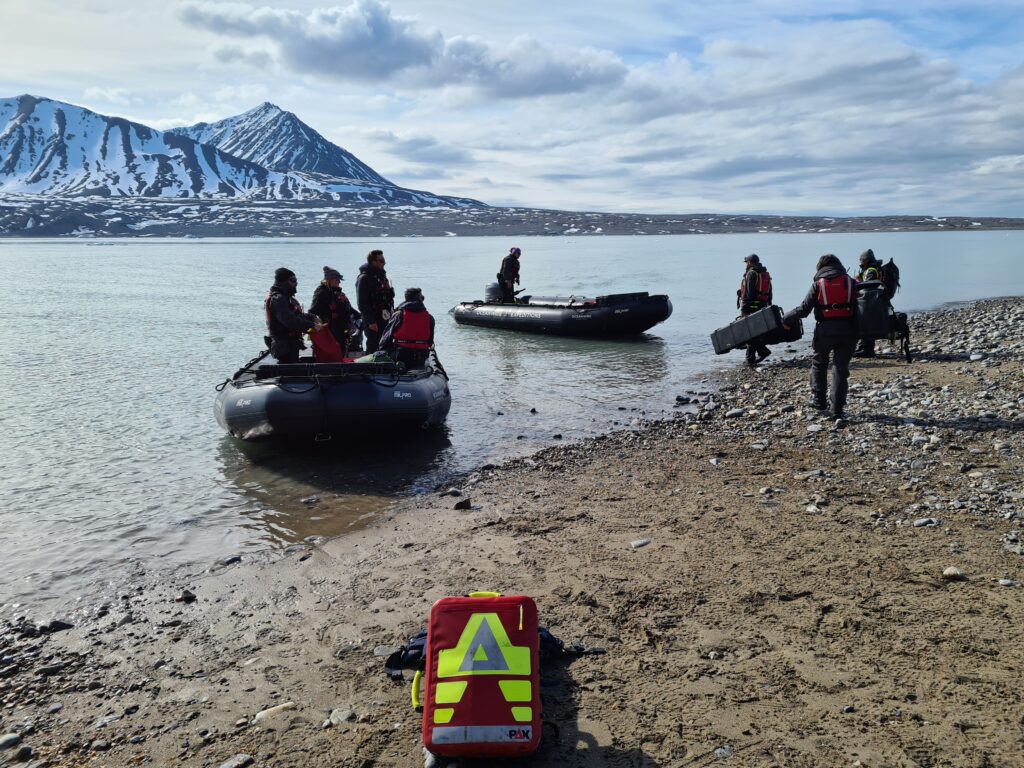
Besides the occasional medical emergency, prevention is one of the doctor’s most important tasks aboard. With a moving ship and heavy doors, the chance of a traumatic accident is always lurking. Several times a day, the ship’s passengers transfer to the zodiacs to witness the beautiful nature on land. As a ship’s doctor, you are there to check the life jackets and help them with the transfer. Even though the staff is used to the life on a ship, they too are at risk of traumatic injuries; think of the mechanics in the engine room, for example. On the first day, however, it came from a more unexpected quarter. A young lady from housekeeping came up to me and reported that she had hurt her finger while carrying passengers luggage. At first it only looked bruised and I gave her some painkillers and advised her to come back for a check-up if necessary. When she came back a few days later I saw that her finger was swollen and the distal phalanx was in a slightly flexed position. With working diagnosis mallet finger or a fracture, I gave her a splint and told her to come back before we would disembark in Longyearbyen, to arrange an appointment at the hospital for an X-ray. In the end, a fracture of the midphalanx with good alignment was found and it turned out that splinting was the right therapy for her. Unlike in my normal role as a general practitioner, I accompanied her to the hospital, wrote an ‘accident report’ and informed her boss as well. As a doctor on board a ship, you have many roles (in this case also as an occupational physician), which makes the life of a ship’s doctor very varied.
On our way further north, the sea slowly became a little rougher. Although I had seen some people with the familiar scopoderm patches behind their ears for seasickness, most had not taken any preventive medication. Immediately, I got a call from the hotel manager; ‘doctor-doctor’. He requested to visit some of the passengers in their hotel room. Usually it was the partner who opened the door for me, while I could already hear the ‘patient’ vomiting in the bathroom. At the beginning of the trip I had already given a short presentation about the most common complaints such as seasickness and what they could do to prevent it. Apparently this had not been enough for this man who’s face had turned green. After asking him about the contraindications (glaucoma and bladder retention) I quickly put a scopoderm patch behind his ear and wished him all the best. I had put on gloves, since I knew that this parasympatholytic drug can cause mydriasis. Blurred visionis not really helpful when you have to go to the next patient aboard a moving ship.
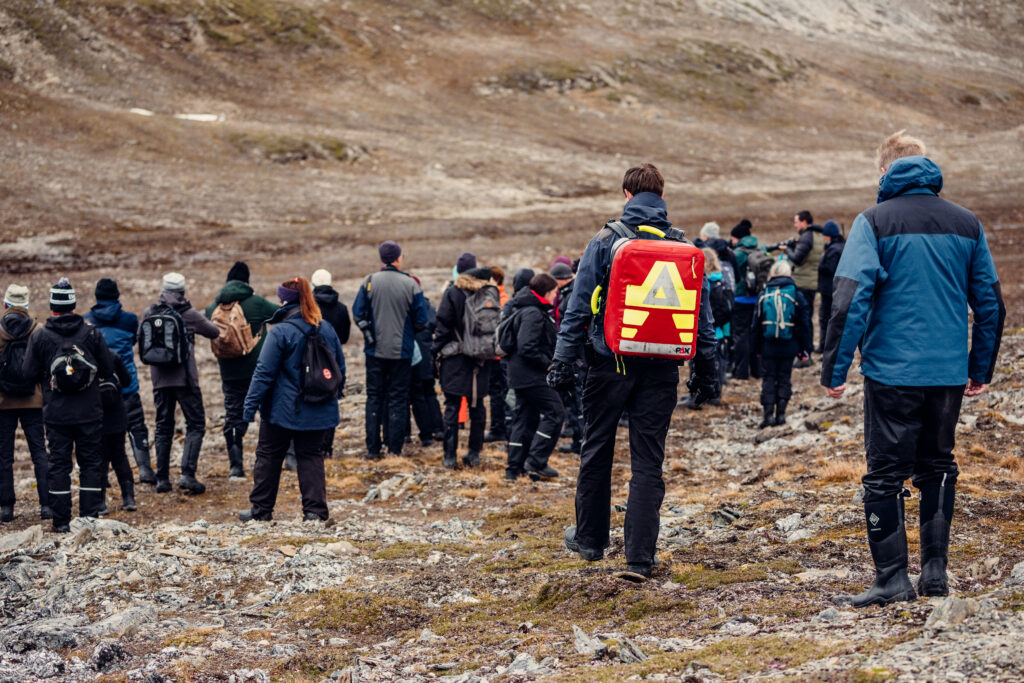
A day later, the ship returned to calmer waters and the affected passengers did no longer have any symptoms. Unfortunately, by then the first person tested positive for covid and I had to put her in isolation. Infections can spread very quickly on a ship, since everyone is living close to each other in relatively small area. Therefore, despite the emphasis on hand hygiene, air filters, and spraying the public areas, there was no escaping the fact that the number of positive cases increased within the next day. Together with one of the expedition guides, who is also a paramedic, we briefed the passengers, handed out face masks and tested the necessary people. Fortunately, the mandatory vaccinations in advance ensured that no one became seriously ill. However, there was one passenger I was very concerned about. She had an exacerbation of her asthma and was not responding sufficiently to the antibiotics and prednisone that I already started. Therefore, I was very keen to prevent she would be infected with covid. With each ‘zodiac cruise’ I made sure that she was seated separately in a zodiac and in addition to the emergency medication and AED (part of my standard equipment in the zodiac), I also took a small bottle of oxygen and a NRBM. Fortunately, the oxygen bottle was not necessary and I was mainly busy with regular GP consultations.
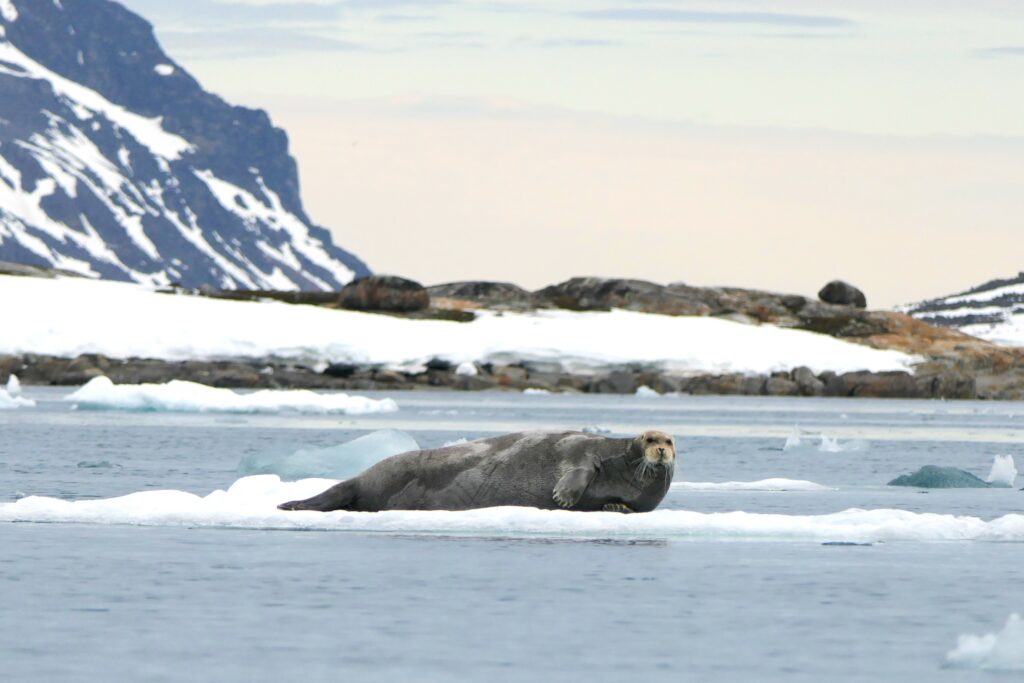
Meanwhile, I am back in the Netherlands for a few weeks now and I look back on an amazing trip. Admittedly, in the beginning it can be quite frightening to step out of your comfort zone, but in hindsight its always worth it. Every night I had the chance to sit at the table with different passengers. The interesting and intimate stories they shared about their lives and their previous trips, the fantastic teamwork of the expedition crew, the beautiful nature and of course the encounter with multiple polar bears are experiences that will stay with me forever.
So now a question for you as a reader: what will be your next adventure?

